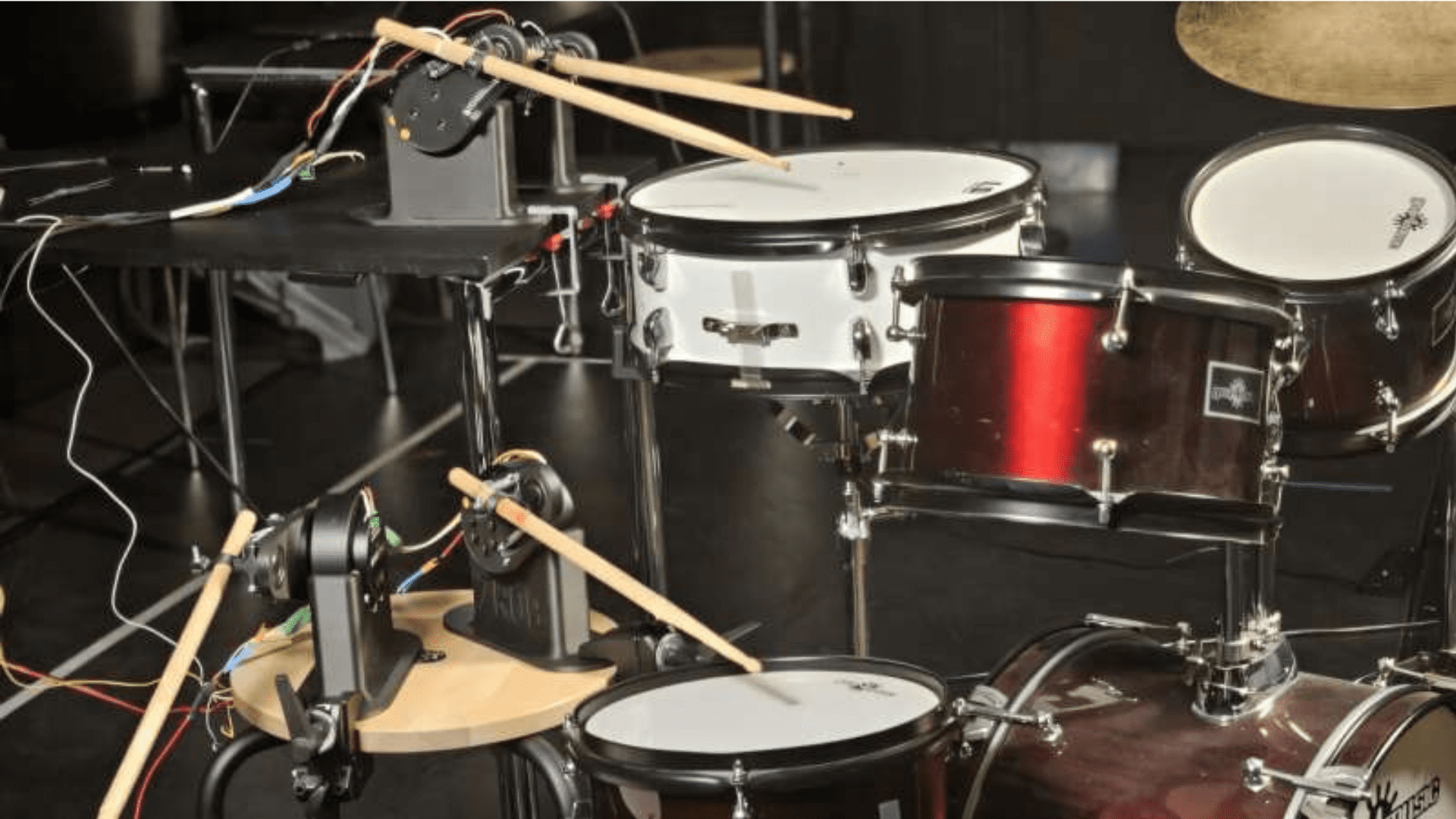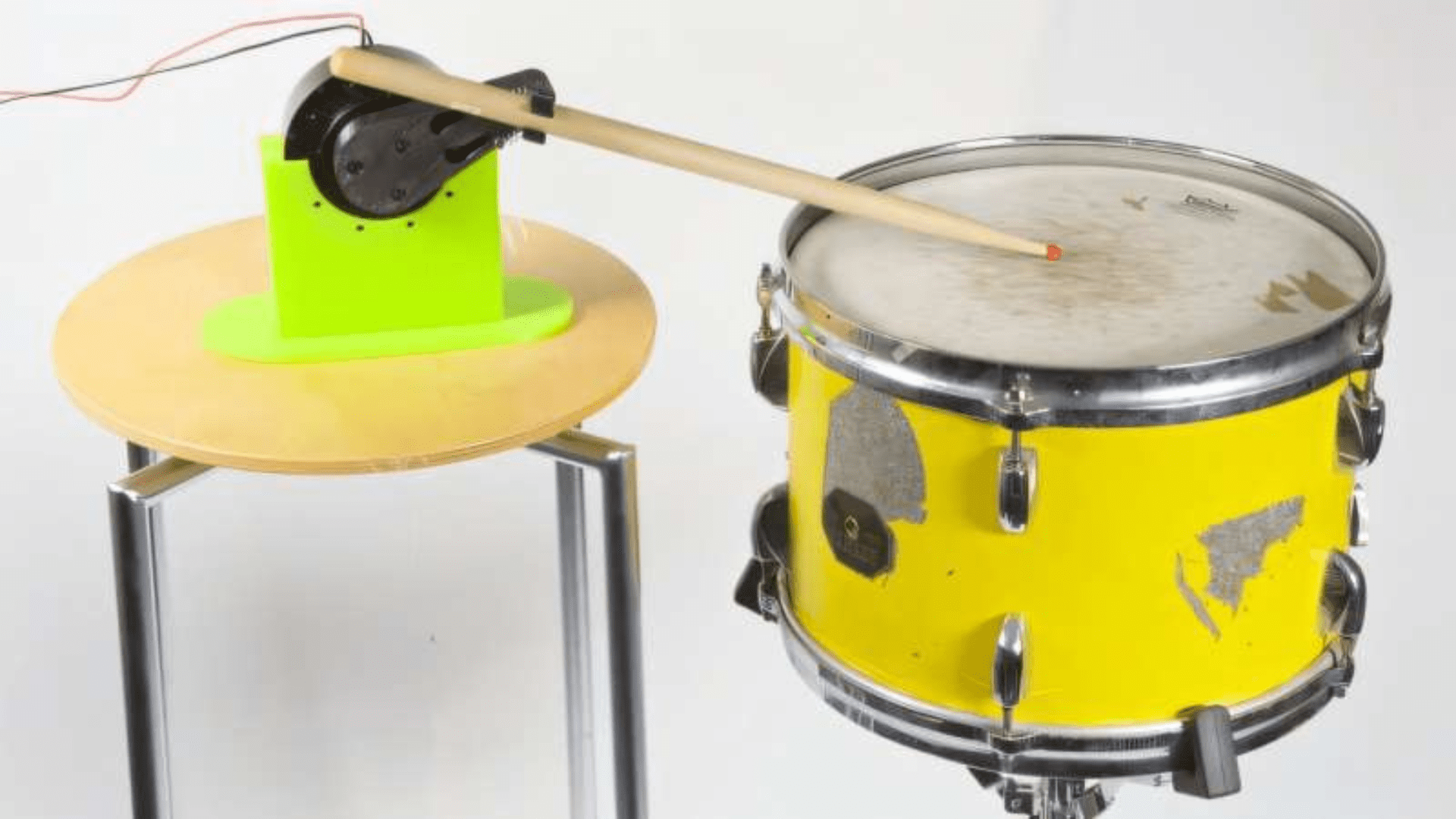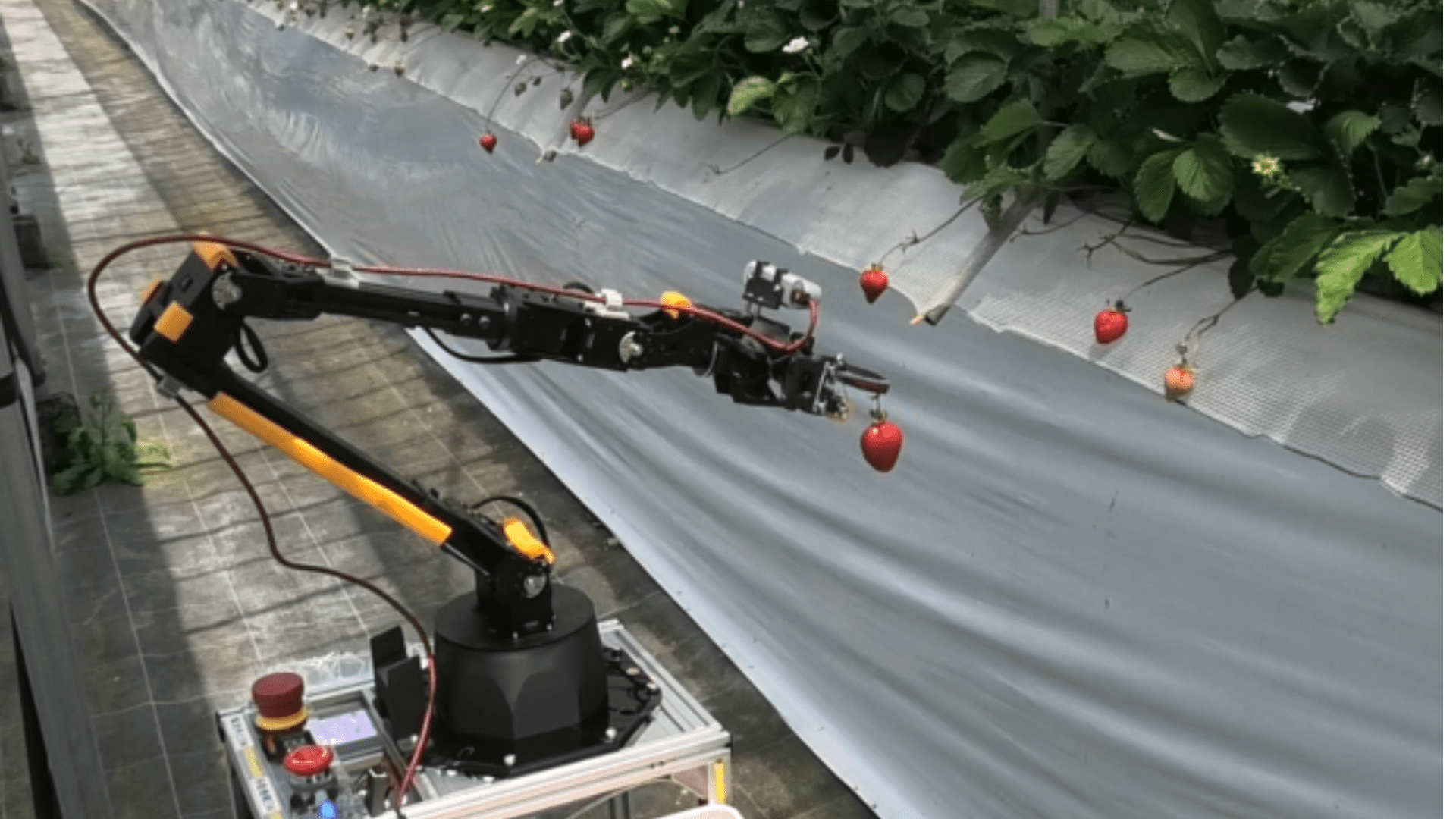Meet the ZRob robot developed by researchers from the University of Oslo in Norway. At first glance, the development seems simple: a robot is placed on a table, holds a drumstick, and beats on a drum. However, it’s not that simple. The ZRob’s arm has a flexible grip, like a human wrist. In addition, artificial intelligence (AI) helps optimize the robot’s movements.

If you put several of the small robots together, they could play a drum roll, which requires tiny movements. The robots could also play different rhythms than humans, with some human sensitivity.
“Playing together, the robots will find a pattern unlike everything else,” Mojtaba Karbasi said. Karbasi developed the robot as part of his doctoral thesis.
Human Similarities
“We are not trying to copy a human, but rather to take the human body as a starting point,” said Karbasi’s supervisor, Alexander Refsum Jensenius. “Musical robotics is a controlled way of working with this. It does not have potentially dangerous consequences.”
ZRob’s arm is one element that makes it human-like. Each side has a spring that gives the arm some flexibility, like a wrist. The springs and AI make the arm adaptable, which is important when hitting a drumhead. Additionally, ZRob has two senses—it listens and senses where its arm is.

Each version of the ZRob has different-sized springs. Karbasi explained that the AI and the robotic body help it find its behavior. “If a robot is trying to play a double stroke, it wants to find the right action parameters to execute it,” he said. If you change the springs, the behavior will change, too. The robotic body thus helps to shape the behavior.”
If several robots play at the same time, you’ll hear different rhythms that humans aren’t capable of playing. Jensenius believes that ZRob is interesting for musicians because of its ability to play differently and faster.
Practical Uses
“If you play the guitar and sing, you can get a drum robot to play with you,” Jensenius said. “If you are a drummer who has lost an arm, you can use a robot as a replacement.” He also believes the robot has a high transfer value.
“If we manage to create complex drum robots that sense and adapt their behavior accordingly, we are closer to creating robots that can perform other types of actions, such as lifting a glass of water or cutting a cucumber without problems.”







